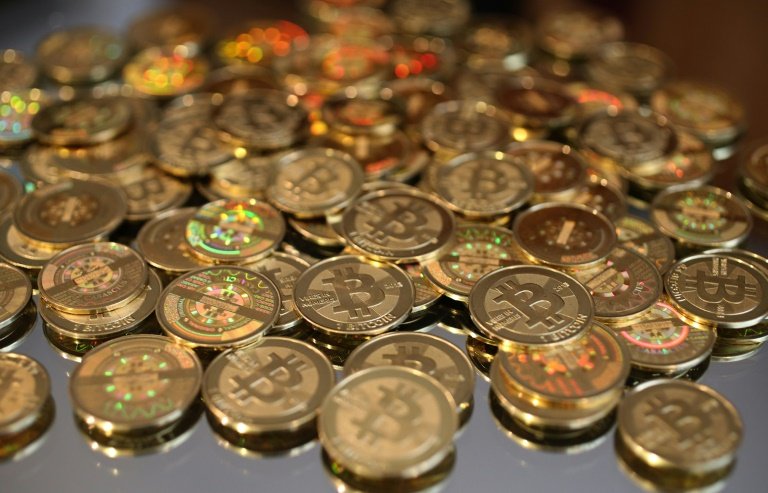The price of bitcoin has gone up from R659 to R227,000 over the last nine years, which is a 344-fold increase.


MTI promised investors up to 10% return a month using a computerised trading system, first trading forex, then bitcoin, although the Financial Sector Conduct Authority (FSCA) could not find any evidence of trading success by the company. Picture: GETTY IMAGES NORTH AMERICA/AFP/GEORGE FREY
A R1 million house in SA nine years ago would have cost 1 517 bitcoin. Today, the same house would cost slightly more than six bitcoin, even allowing for house price increases since 2011.
Bitcoin was trading at R659 in April 2011, so 6.23 bitcoin – which is what you would pay today for a R1.4 million house – would have cost a little over R4 100 back then.
This demonstrates the deflationary effects of bitcoin as a store of value.
“In future, people will measure their wealth in bitcoin rather than rands or US dollars,” says Jason Carpenter, CEO of crypto company Etherbridge.
“If bitcoin is a more appropriate way to measure wealth than rands or US dollars, then all sorts of other goods have declined in price by a similar margin, from iPhones to airline tickets and automobiles.”
To compile the following graph, Moneyweb took R1 million as a good starting point for a house purchase in 2011, and then indexed that price to the average annual increase in residential prices since then.
That same house would have increased in value to R1.41 million over the last nine years. We then converted the rand price of that house each year to the prevailing bitcoin price.
If we take bitcoin as a stable unit of currency, it means house prices have declined 99.6% in nine years.
If we take the rand as a stable unit of currency, it means house prices have increased 41% over the same period.
What should also be mentioned is that the price of bitcoin has gone up from R659 to R227 000 over the last nine years – a 344-fold increase.
“It’s important when measuring your wealth to consider your unit of account,” says Carpenter.
“Above is the performance of the property market, measured in rands and bitcoin. Fiat money like the rand often results in poor price signals because their supply can increase at a greater rate than what they measure. Scarce assets like bitcoin and gold can serve as better units of account as their supply increases are low and predictable.”
Sean Sanders, CEO of crypto investment company Revix, says what this demonstrates is that inflation is a regressive, silent tax.
“It’s the reason why you need to spend so much more today for goods and services than you did 10 or 20 years ago,” he says.
This article first appeared on Moneyweb and was republished with permission.
For more news your way, download The Citizen’s app for iOS and Android.
Download our app